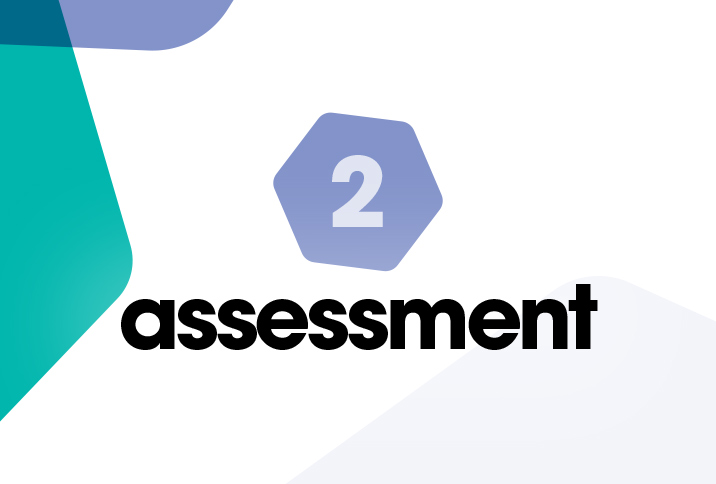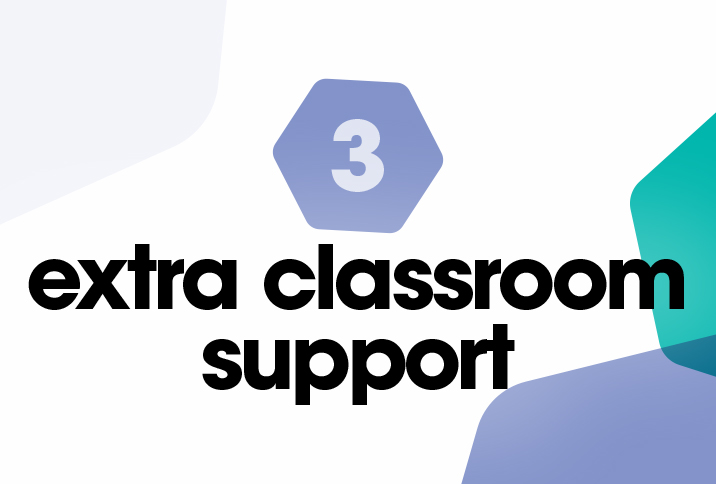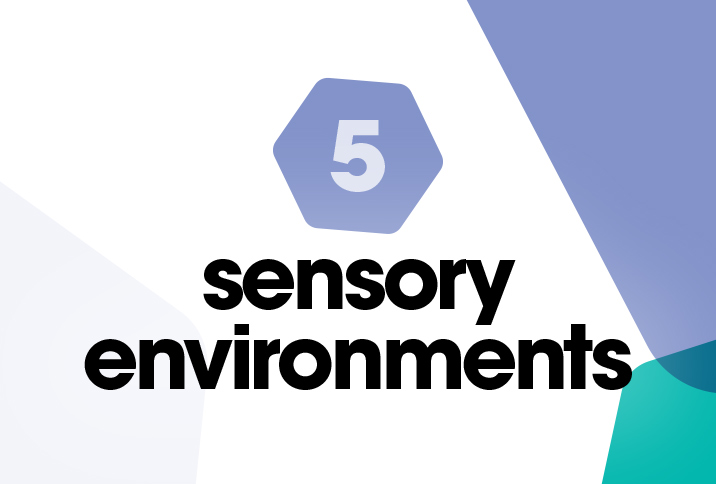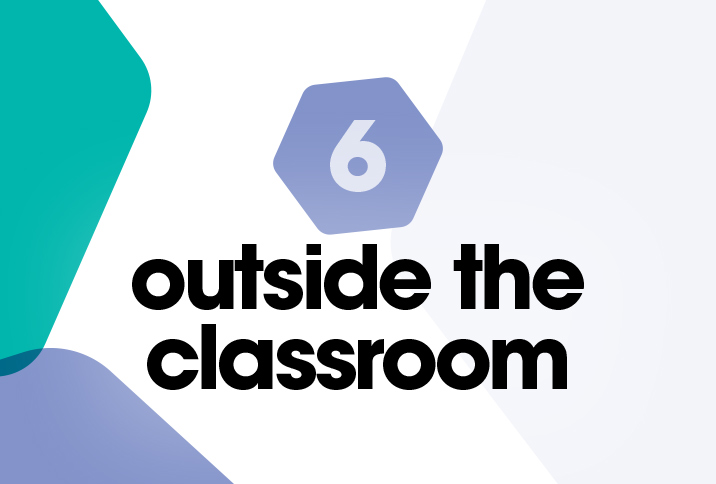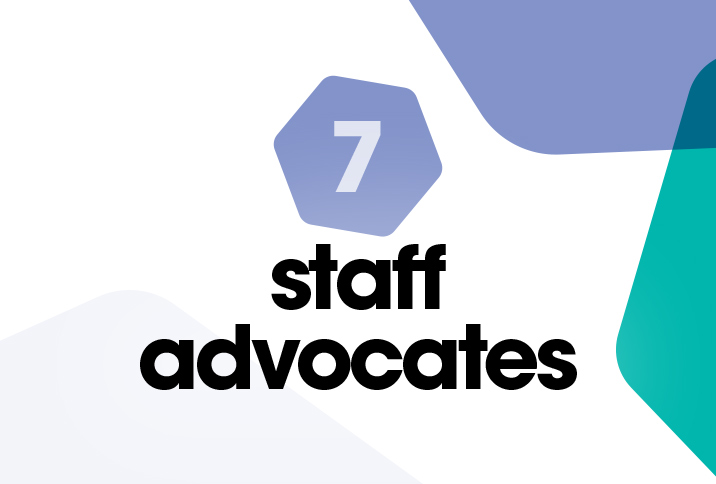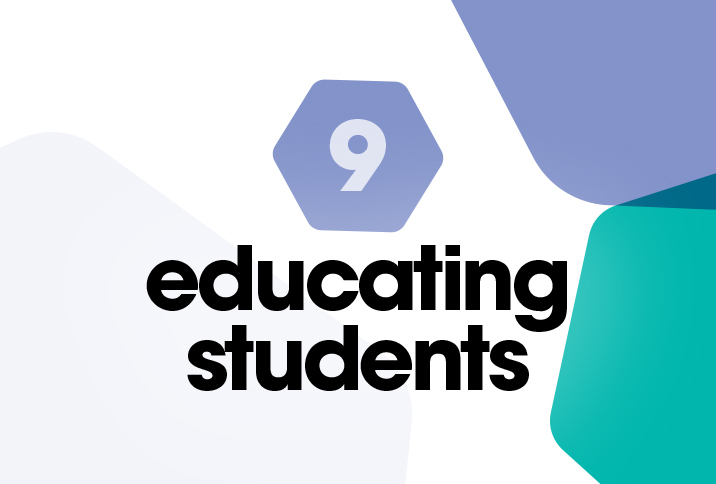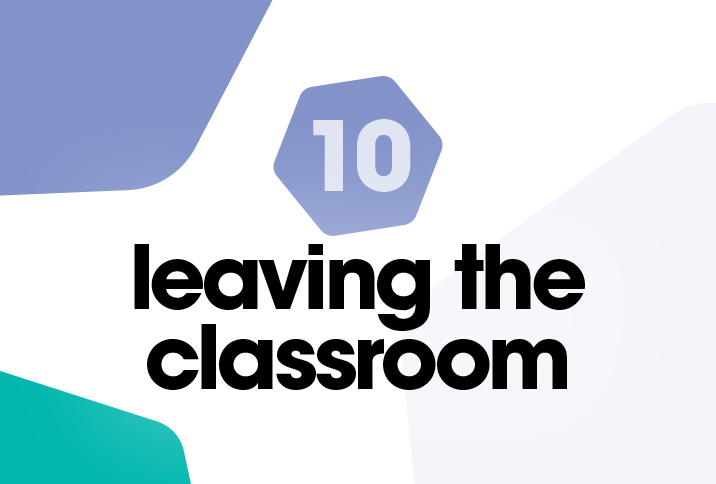1. Modification of the curriculum
Modify or adapt the curriculum and lessons to suit autistic learning styles.
Lessons and a curriculum that have been planned for the rest of the class may not be suited to autistic students.
Looking into things like quantity of work, allowing extra time for task completion and processing time, and altering task difficulty can reduce anxiety. Introducing peer tutoring, visual instruction formats, use of audio books, verbal assessment options and structured participation are helpful ways for autistic students to get more out of class and lessons.
Who knows, other students with varied ways of learning may also benefit.



